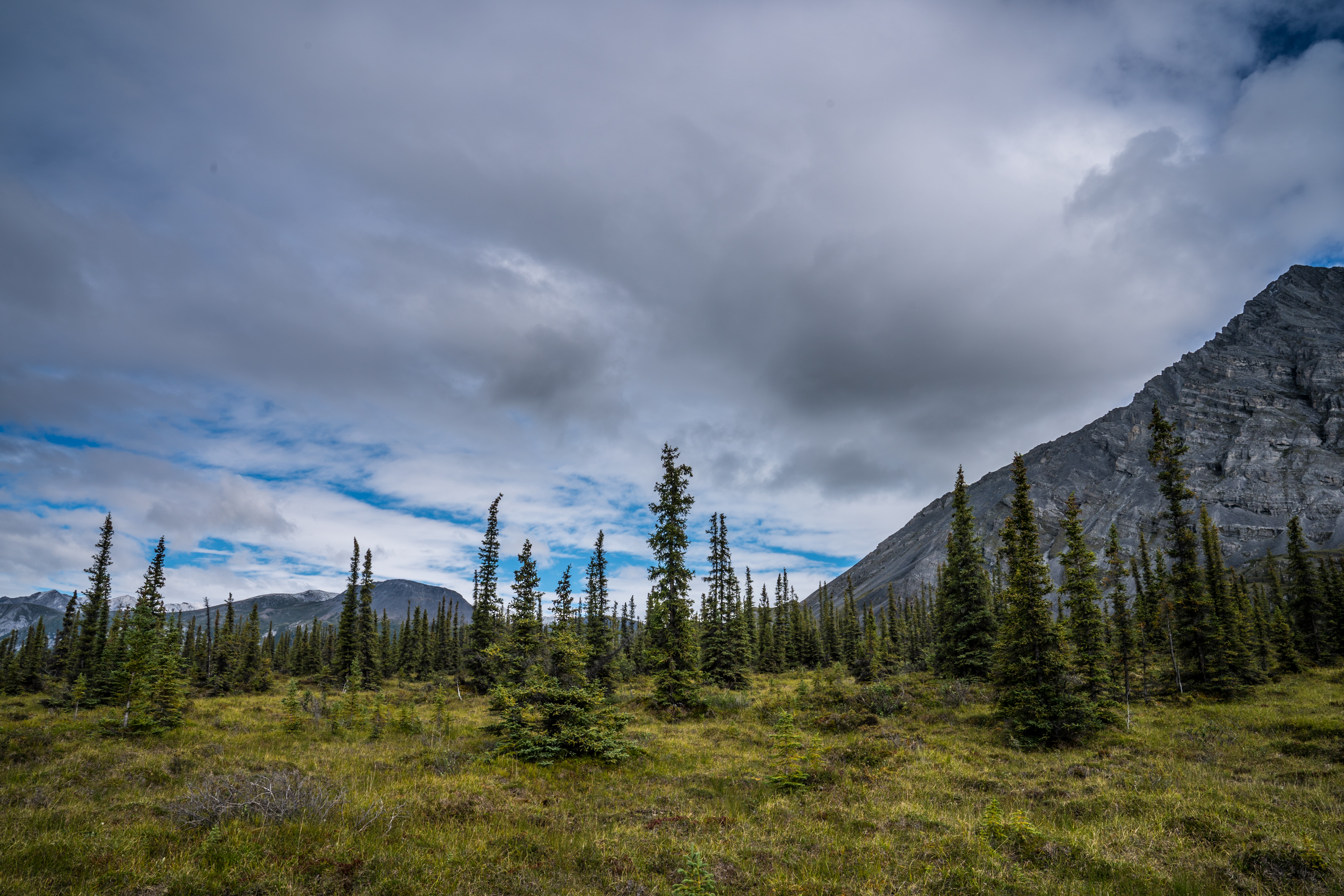Last week saw the end of phase 1 of what could be one of the most consequential administrative moves on conservation in two decades.
Last Tuesday, the United States Forest Service concluded a comment period on a proposed administrative rule that would protect old-growth and mature trees and forests on federal public lands. More than half a million people submitted comments to the Forest Service – including more than 17,000 Sierra Club members and supporters – urging the agency to protect these precious forests.
That’s because old-growth and mature trees and forests are some of the most potent tools we have for taking on climate change. The older trees get, the more carbon they absorb from the atmosphere, making the oldest trees super absorbers.
But that absorption only continues as long as the tree is still standing. Over the last two centuries, the vast majority of old growth in the U.S. has been logged or otherwise destroyed, leaving only a fraction of these ancient forests, and many of them continue to face threats from logging. This rulemaking would ensure those trees stand for generations to come.
The USFS proposal wasn’t the only major conservation rulemaking that concluded this month. The Bureau of Land Management also proposed changes that could finally re-balance land use policies on federal public lands.
For decades, BLM’s approach to public lands gave preferential treatment to extraction – like oil and gas drilling and mineral mining – over all other uses. This proposed rule would add conservation as a use equally valid as resource extraction. That small change could have significant effects on how we use public lands and has the potential of making them useful tools in the effort to take on climate change.
Taken together, these two proposed rules would bring a much-needed re-balance to U.S. conservation policy, creating a path for approaching millions of acres of public lands as landscapes and waterways worthy of protection rather than industrial development. This would have significant benefits for communities and wildlife, habitat, and climate action.
These rules alone won’t solve the climate crisis, but they are straight-forward policies that preserve public lands — which hold some of the largest and most important intact ecosystems that remain in the U.S. — in an era of a radically changing climate. They lay out a possible pathway towards a sustainable climate future. Hundreds of thousands of people have told BLM and USFS to take action to protect landscapes and forests. Now we need to make sure they follow through.
